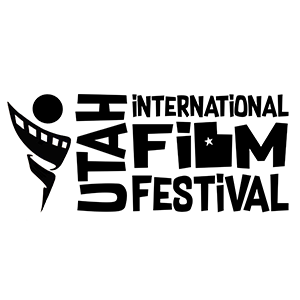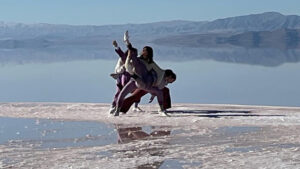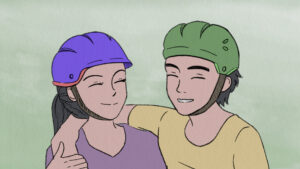Frank Cutler – Marilyn Monroe’s Last Press Conference
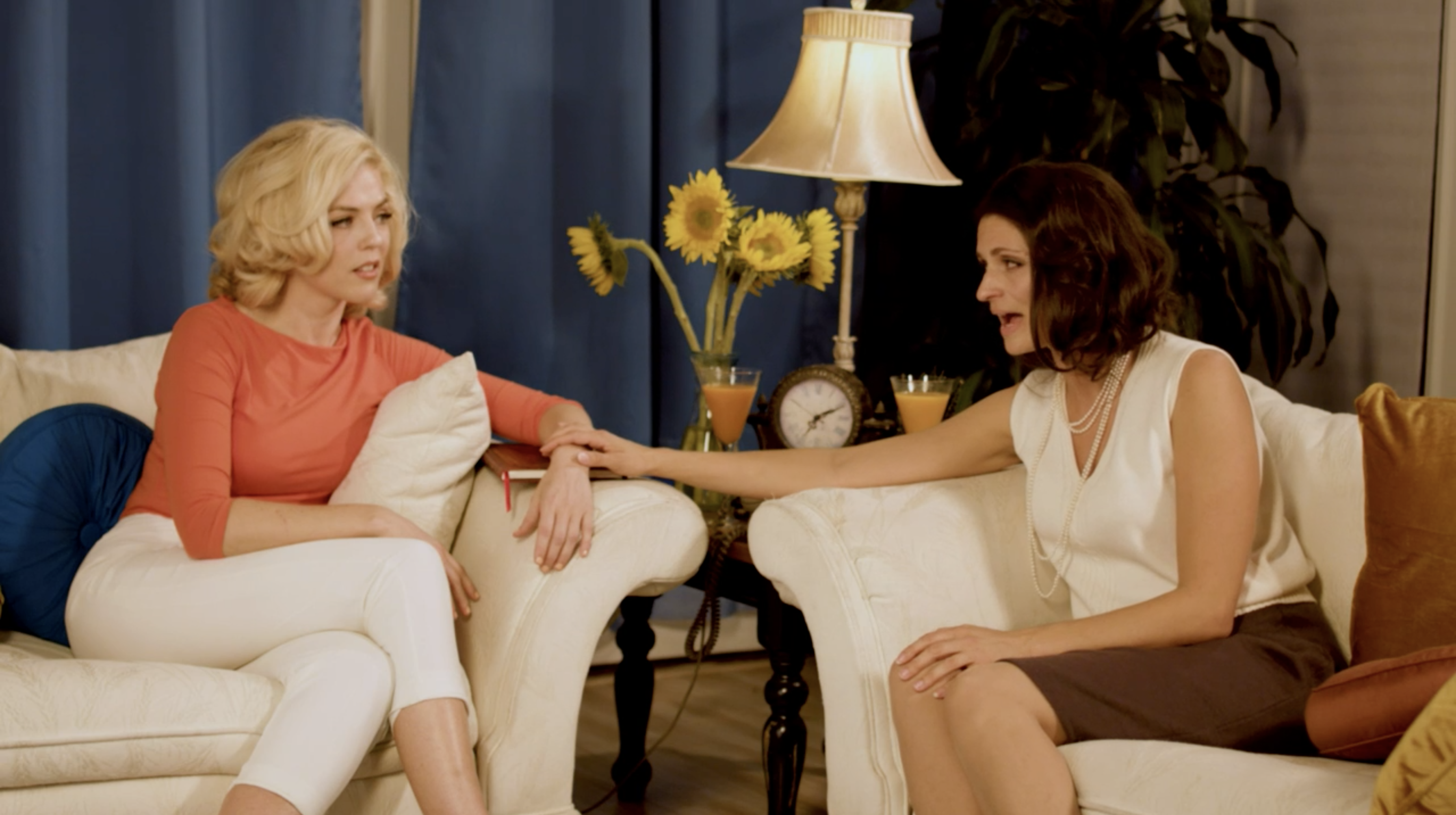
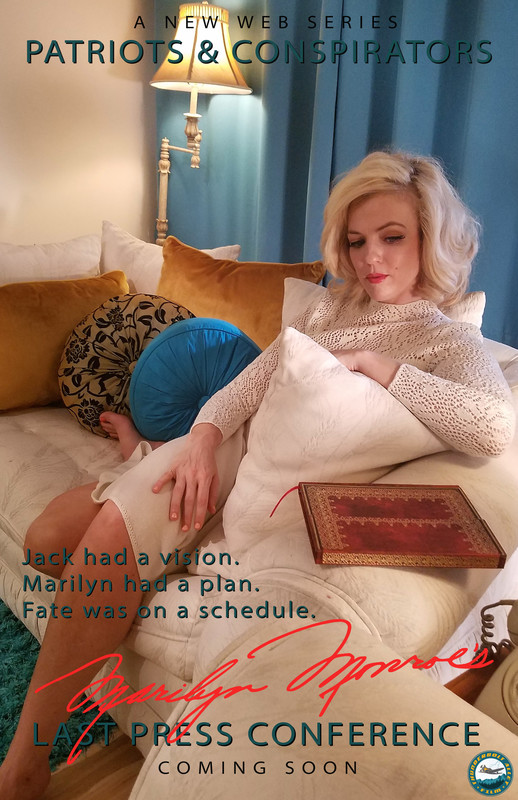
Frank Cutlers film Marilyn Monroe’s Last Press Conference will have it’s World Premiere at the Utah Film Festival on Friday December 2nd at the Town Hub in American Fork Utah.
Marilyn Monroe’s Last Press Conference explores what may have been inspiring her as an actress in the last weeks of her life, and who may have been conspiring against her.
She was scheduled to appear at a press conference on Monday, August 6, 1962. She died barely 48 hours before she could get there. Many wonder what she would have said–would she have been a vengeful, vindictive vixen, unleashing at President Kennedy for supposedly spurning her, revealing secrets he’d shared with her in retaliation?
Or, would she have been the picture-perfect expression of grace, beauty, and style?
This film takes creative license and gives her a voice from the dust, allowing her to appear at the press conference and regain the dignity that was stolen from her when she died.
What was the inspiration to make Marilyn Monroe’s Last Press Conference?
Sometimes in life, each of us gets labelled as “this” or “that,” and sometimes it’s flattering, and we smile with appreciation. Other times, however, it’s not. When a label turns to a stereotype, especially a negative one, that perpetuates over time, obscuring truth, the victim is hard-pressed to right the wrong, or correct the misinterpretation—especially if dead.
In the case of Marilyn Monroe, if you buy into the possibility that she was killed, and didn’t die from an accidental overdose, the familiar facts of her death tend to take on a different shade. For instance, when she died, she was stripped naked, as if to completely humiliate her and rob her of her dignity.
Then, you add colorful accusations about trysts with President Kennedy and his brother, US Attorney General Robert Kennedy, and suddenly you have an irrefutable stereotype of a “bad girl” up to no good. In the case of President John F. Kennedy, long after his death, he still suffers from character assassination, as the sordid stories go on and on. Why would “someone” want to perpetuate such stories? What if there was a different take? What if there was something going on behind the scenes that was, in fact, admirable? Noble, even? Something that powerful, conspiring people might want to hide from us—by peddling an alternative narrative?
Providing possible answers to those questions was the inspiration for this film. Clearly, there was some kind of connection between the two. I wanted to present a possibility that showed both Ms. Monroe and President Kennedy in a good light, giving them the benefit of the doubt, and introducing new avenues that explain their interactions.
That’s why you’ll see and hear long cuts of Kennedy speeches in this film, some of which are not in the public domain and were specifically licensed for this film. Some viewers may find it boring, but I wanted to show his inspiring vision for the future, so the next time the viewer hears a negative stereotype being promoted, he or she has something to weigh it against.
From idea to completion, how did Marilyn Monroe’s Last Press Conference change?
The film started out as a short film, and the intent was to simply give Marilyn a voice from the dust to appear at her press conference (she died two days before it was to happen) and put the conjecture to rest about what she would have said. It was fun to imagine what hard questions would be thrown at her, especially from our perspective all these years later, and to imagine how she would handle them.
After shooting that first scene, it became obvious there was a need to tell more of the story surrounding the press conference itself, and why it came to an abrupt nothing. So, the 15-minute short grew into an hour-long feature.
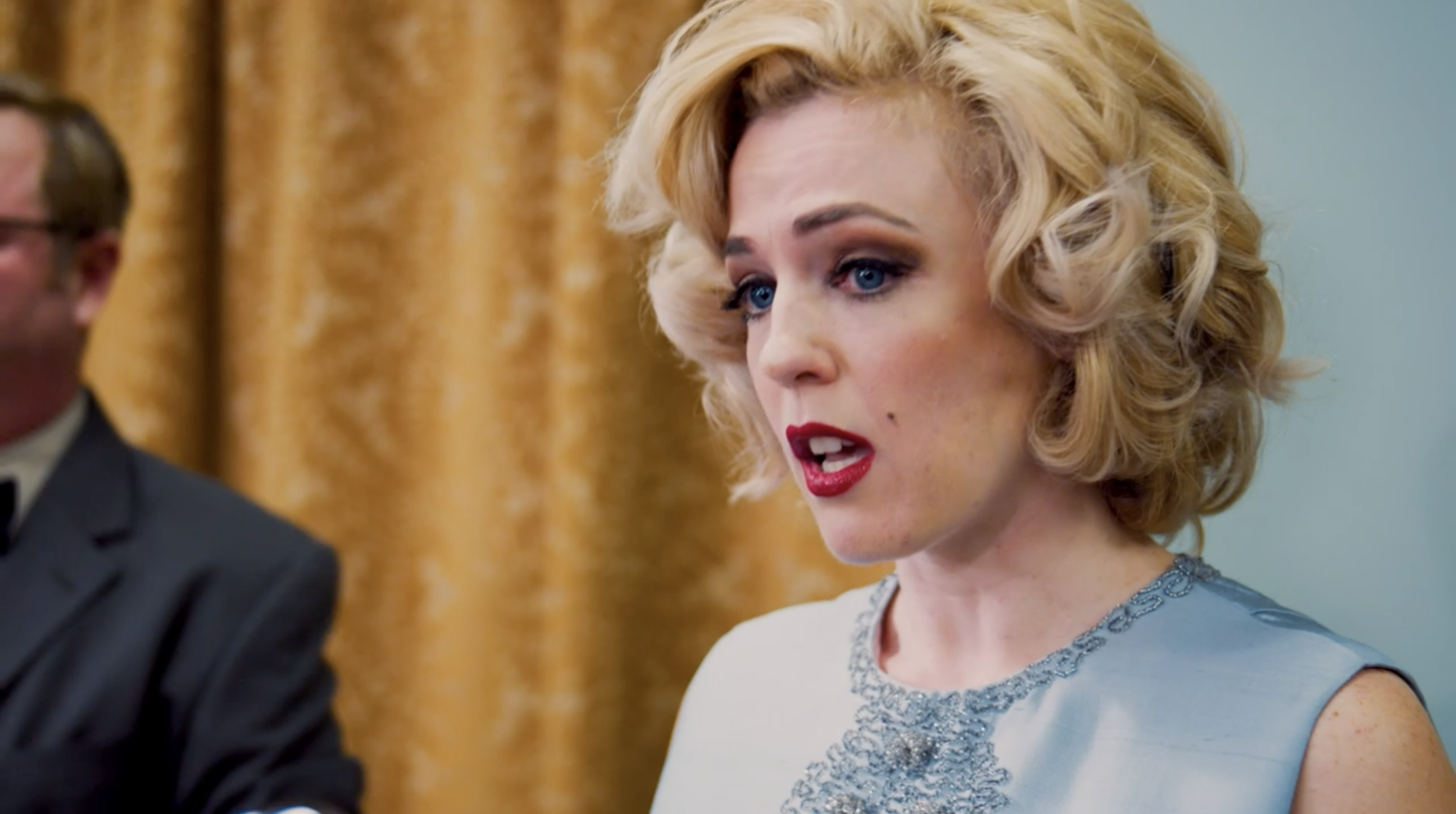
What was the biggest challenge in getting Marilyn Monroe’s Last Press Conference made?
I think for me, the biggest challenge was learning how to edit from scratch, on a computer that was sub-par for editing. Since I was the main editor, I had to learn as I went, and that added a ton of time to the post-production process, especially when coupled with a slow machine running files from external drives. (Imagine a render task that takes more than 24 hours to complete, right before a festival deadline. Nerve-racking!)
Also, as with any filmmaker, the challenge of funding was constantly there. While we did enjoy the generosity of “Go Fund Me” donors, the bulk of the financing for this film came from my wife, Lily, and me, so we had to do things when we could, as we could.
We benefited from the generous support of family and friends, as well. For example, our fashion consultant, Carlynne Cutler, donated her time and talents to produce a stunning wardrobe, even tailoring a dress to custom fit Amberjo Pratt, and Lily found second-hand furniture and fixtures to make the perfect living room set for Ms. Monroe’s home.
Rachelle Hardy, of Auricle Talent, in addition to acting in the film, helped with casting and catering, for which I am indebted. Overall, it was great to work with so many people on the cast and crew. Each one brought a professional flair, and in fact, some of the best moments in the film itself were not scripted, but were on-the-spot moments of genius and inspiration from a fine group of talented people.
What do you think is the most important takeaway from your film?
First, we all face a ticking clock. Time is our most precious commodity. I think that is one takeaway that is obvious from the film. The irony for Ms. Monroe is that she died right when she was getting control of her demons and her life. She was never more empowered for success than she was on the day she died. As for each of us, are we spending our time in the best possible way? Because, before we know it, time will run out, sad to say.
Second, it’s important to not buy into the stereotypes we see placed upon others. The “popular narrative” was crafted by someone with an agenda to mislead, in some cases. This goes from neighborhood bullying and gossiping right on up to mass media content. It’s important to give people the benefit of the doubt, especially when we have no inside knowledge of what they are going through.
Third, when there is a noble cause, there will always be a detractor. It’s the nature of life: good vs. evil, yin vs. yang, light vs. darkness. I think understanding that helps one get through the day. It does for me, anyway.
If you could have a do over with Marilyn Monroe’s Last Press Conference, is there anything that you would have done differently? If so, what would you change?
As mentioned, the film grew from 15 minutes to an hour out of necessity, but it would have been great to go even longer. As it is now, I felt the film resorted to too much “telling” instead of “showing,” but with the time and resource constraints, it was a necessity.
What do you have in the works?
The idea to turn this project into a pilot for a series became more and more intriguing to me as I began editing. I realized there are many more stories to be told. For example, one of the characters in this film, Dorothy Kilgallen, suffers a death similar to Ms. Monroe.
Strangely, when she died, she was investigating the assassination of President Kennedy, and possibly “knew too much.” Who decided she knew too much, and why? I’d like to explore that in an upcoming episode of “Patriots and Conspirators.” I also am looking forward to doing a feature film.
Basically, in the next few months, I’ll be writing and refining scripts for these future projects. Also, since I still see myself as an actor as well as a filmmaker, I’ll be attending acting classes to continue developing my craft.
